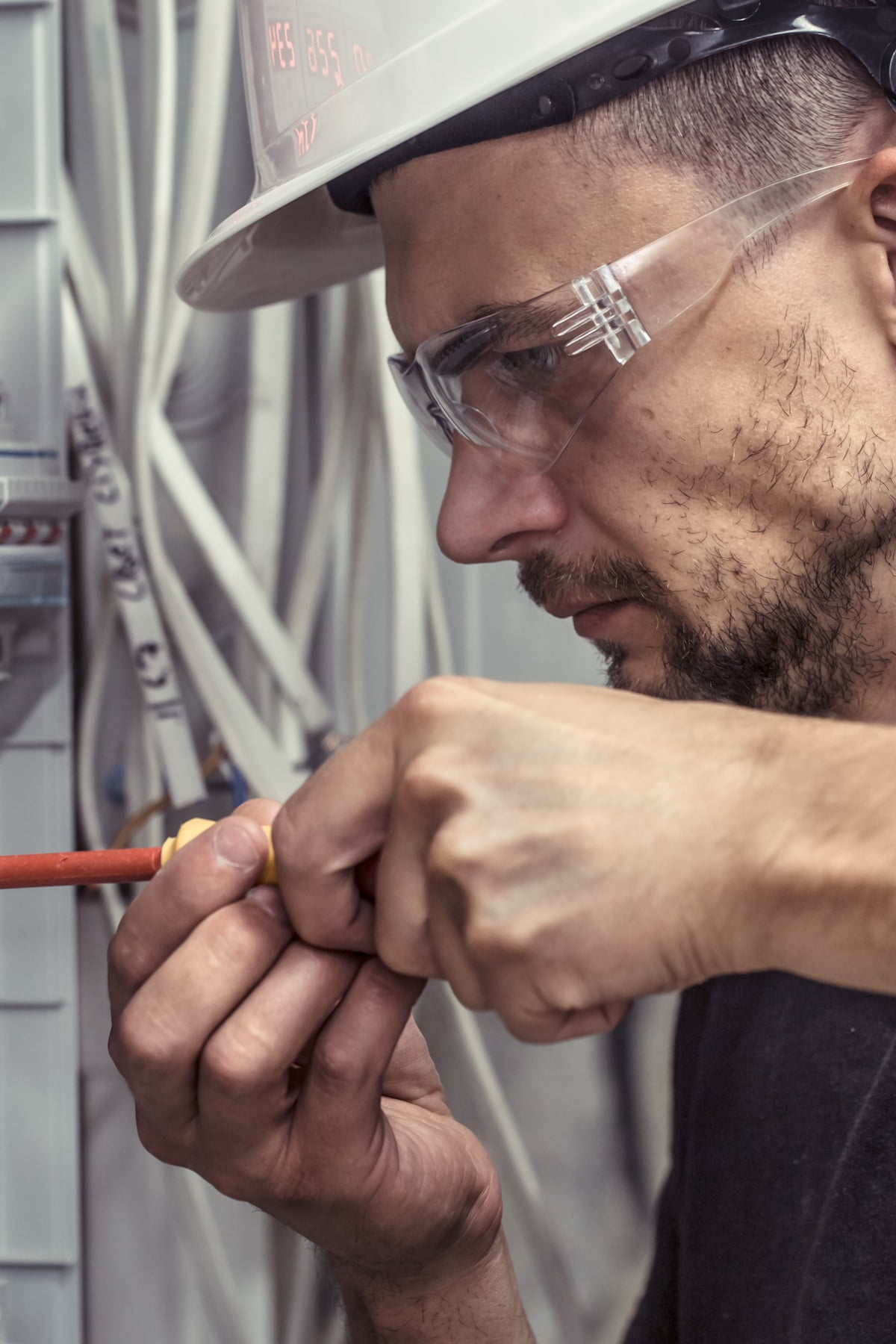Proper grounding is crucial for the safety and functionality of telecommunications systems....
Electrical System Grounding and Bonding
Electrical system grounding and bonding are essential for the safety and proper functioning of any electrical system. At Phase NW, our experienced electricians understand the critical importance of these processes to ensure the well-being of our residential and commercial clients.
Grounding is the process of creating a direct connection between an electrical circuit and the earth. This connection provides a safe path for electrical current to flow to the ground in the event of a fault. It helps to prevent electric shock, protect equipment, and dissipate unwanted static charges.
Bonding, on the other hand, involves connecting conductive materials, such as metal pipes and structural elements, to create a low impedance path for fault currents. This helps to eliminate potential differences, reduce the risk of electrical shock, and maintain equal electrical potential throughout a system.
At Phase NW, we follow industry best practices when it comes to grounding and bonding. Our electricians have over 30 years of experience in installation, testing, and maintenance of electrical systems, offering our clients reliable and efficient services.
Here are some key aspects of our grounding and bonding services:
- We conduct thorough inspections and assessments to determine the appropriate grounding and bonding requirements for your specific electrical system.
- We install high-quality grounding and bonding systems that comply with all relevant industry standards and regulations.
- We ensure proper connections between grounding electrodes, equipment, and electrical components.
- We perform regular maintenance and testing to verify the effectiveness of the grounding and bonding systems.
At Phase NW, we take pride in our dedication to the safety and satisfaction of our clients. With our professional approach and attention to detail, you can trust us to provide exceptional grounding and bonding services for your residential or commercial electrical needs.
Request This Service
Need An Electrician?
(206) 487-7278
At Phase NW, we prioritize the safety and functionality of electrical systems. As experienced electricians with over 30 years of experience, we are well-versed in the essential process of electrical system grounding and bonding.
Our process for grounding and bonding includes the following steps:
- Evaluating the existing electrical system: We start by carefully inspecting the current state of the electrical system to identify any potential grounding or bonding issues.
- Designing a grounding and bonding system: Based on the evaluation, we create a customized plan to ensure proper grounding and bonding for your specific residential or commercial electrical system.
- Installation of grounding system: Our skilled electricians expertly install robust grounding systems using high-quality materials and advanced techniques. This helps to establish a safe pathway for electrical currents to prevent electrical shocks and reduce the risk of electrical system damage.
- Bonding of electrical components: We carefully bond all electrical components to create a reliable connection between various metal objects within the system. This helps to reduce the risk of electrical hazards, including electrical fires and damage to sensitive electronic equipment.
- Continual testing and maintenance: We conduct comprehensive testing of the grounding and bonding system to ensure its effectiveness and compliance with safety standards. Additionally, we provide regular maintenance services to keep the system in optimum condition.
At Phase NW, we understand the importance of proper grounding and bonding for electrical systems. Our skilled electricians, led by owner Gene, are committed to delivering top-notch services with a focus on safety and customer satisfaction. With our expertise and attention to detail, you can trust us to handle all your residential and commercial electrical system grounding and bonding needs.
Service Areas
Auburn – Bellevue – Covington – Des Moines – Federal Way – Kent – Maple Valley – Renton – SeaTac – Seattle – Tukwila
Learn More About Service
How to Ensure Proper Bonding for Solar Power Systems
When it comes to solar power systems, proper bonding is crucial for ensuring functionality,...
The Benefits of Proper Grounding for Electrical Systems
Proper grounding is an essential aspect of any electrical system. It plays a crucial role in...
The Importance of Grounding in Electrical Fault Protection
Grounding is an essential aspect of electrical systems that cannot be overlooked. It plays a...
How to Troubleshoot Grounding and Bonding Issues
Grounding and bonding are essential aspects of electrical systems in both residential and...
The Importance of Electrical System Grounding
Electrical systems are an integral part of our modern world. From powering our homes and offices...







